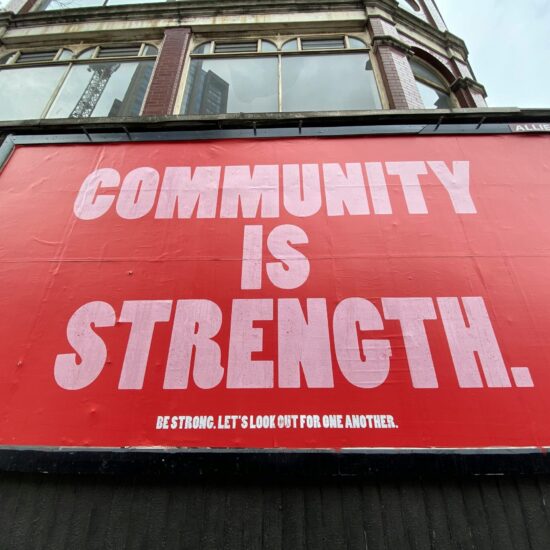A bus filled with children rolls through town at eleven o’clock at night. The children are alone, have no parents, don’t speak English, and, from the looks of them, need medical attention. Most clinics are closed; the driver doesn’t even slow as he passes them. He pulls up at the local emergency department, unloads his young cargo, and drives away.
This is a hypothetical tale. But it isn’t far from everyday reality of some refugee children.
A refugee, according to the United Nations High Commissioner for Refugees, an advocacy agency, is an individual who is forced to flee their homeland against their will because of circumstances or conditions that make it unsafe to stay there. The Department of Homeland Security’s 2014 Annual Flow Report reveals that 69,909 refugees entered the United States in 2013. Of that number, 26,933 of them were children.
Strong opinions exist surrounding immigration and refugee support in the United States. Recent coverage of the war in Syria, particularly focused on its violent impact on children, has made the issue a more pressing one.
Despite their innocence, refugee children may suffer both physical and emotional consequences from their unstable lives that often lead to lack of healthcare. Many pediatric immigrants and refugees are faced with poor environmental conditions that can leave them susceptible to a host of infectious diseases, dehydration, injuries, and mental trauma.
While refugee children are granted health care coverage through the Affordable Care Act , is our health care system ready to meet the needs of this vulnerable population?
Healthcare needs from the current influx of refugee children may be larger than what the staff of the local departments of immigration can accommodate. From my experience, potential constraints range from a lack of pediatric trained health care providers, funding, and clinic operating hours. Perhaps this is why the refugee children come directly to the local emergency department.
Wouldn’t it be novel to apply the idea of emergency preparedness to the pediatric refugee population? Most Emergency Departments feature detailed mass casualty event protocol algorithms. A Mass Immigration/Refugee Emergency Algorithm might help unite local resources within the community, and standardize care resources for this highly variable and growing population.
Programs exist that assist refugees and their children, specifically with their health. The Children’s Hospital of Philadelphia boasts a Refugee Health Collaborative that offers comprehensive medical care to refugee children, and serves as an industry resource in the care of this population. But the program’s website says it can only accept 90 new primary care patients this year – another testament to why many children, who travel from surrounding states to this practice, often get their care primarily at the emergency department.
Where gaps in primary care exist, many faith-based program step in to serve as safety nets for cities with large refugee populations. In Buffalo, New York, where 7% of the entire population are refugees, Jericho Road Ministries offers a “culturally sensitive medical home,” a maternal-child health program called the Priscilla Project, and even legal and community acclimation services. Jericho Road served almost 11,000 patients in 2014 – 40% of which were under 18 years old, and half of which are refugees. Many of their services depend on volunteers, but since refugees are covered under Medicaid, only 3% of their patient population is uninsured.
The controversy continues when considering legal determinations for unaccompanied refugee children: Are they undocumented immigrants, or are they refugees? Does the path of an unaccompanied foreign minor lead towards incarceration and deportation, or acceptance and integration? Should children be made to suffer from decisions made by their parents? Is health care a basic human right or a privilege?
As a pediatric health care provider who often treats refugee children in the emergency department, it’s clear that a physical home isn’t all we must provide – every patient needs a medical home, too.



